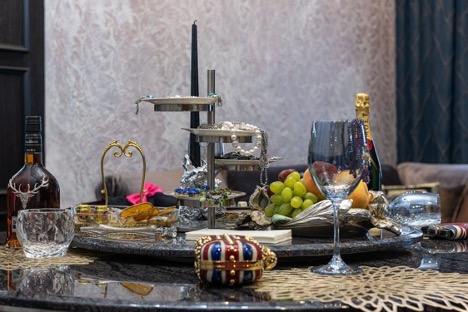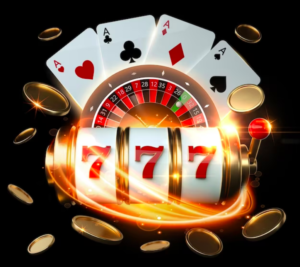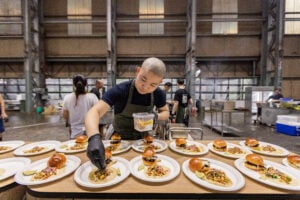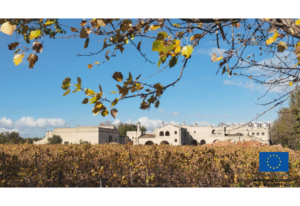You have undoubtedly spent a lot of time looking around your local wine shop in pursuit of that $5 bottle that tastes like a $20 bottle or the $15 wine that could easily pass for a $100 bottle. What are the fundamental reasons wine is so expensive? And are these elements genuine or made up?
Several factors are evident in a bottle of wine’s pricing. The production costs, or how much it costs to create a bottle, come first. Along with utilities and labor are the essential ingredients of grapes, barrels, and bottles.
In addition to being a drink like Crown Royal Peach, Pinot Noir and red wine is rapidly emerging as potential investment. It can be the difference between a profitable investment and a losing one to know what makes a wine truly valuable over time.
The price of a bottle of wine and its potential worth as an investment is determined primarily by five factors: producer, Limited Supply, Vintage, Durability, and Critical Ratings.
The Restaurant Tag

The fact that you are paying for more than just the juice in a bottle of wine when you purchase it in a restaurant nearly goes without saying. This does not mean that you should stop buying wine when you go out to eat; doing so would make everyone quite sad, including you. Instead, be aware that you will most likely pay 2-3 times the retail price for your choice when your sommelier or server opens the cork.
To reduce your expenditures, keep in mind these insider suggestions: Use your night out as an excuse to splurge on expensive, hard-to-find offerings, or explore the opposite end of the spectrum and ask your sommelier for something from a lesser-known or boutique wines, and you might save some money. The bigger the label name, the higher the price, and the more expensive the bottle is, to begin with, the lower the markup, and always look out for behind-the-label strategies to save money.
Productions By Small Case
It is common business logic to understand that a producer has fewer examples available to them to spread out and absorb costs the smaller the production.
Consider the costs involved in producing a single bottle of wine: buying the land, planting, caring for, and harvesting the grapes; building and maintaining the production line; finding suitable barrels; hiring skilled winemakers; maintaining the lights and paying the water bills; plus, there are marketing and shipping expenses; the list goes on and on.
All of that must be paid for somehow, and since a vineyard will only release 50 cases as opposed to 50,000, the costs will be much more focused.
Manufacturer

Only 250 to 350 of the more than one million wine producers worldwide could be said to produce wine of a caliber that would increase in value over time. The majority of genuinely investable wines are typically produced in France, Italy, and California. Investment-grade wines include cult favorites Screaming Eagle and Harlan from California, as well as first-growth wines from Bordeaux like Lafite and Mouton, Burgundy like Leroy and DRC, and California’s Leroy and DRC.
Scarcity
Regardless of how good the wine is, it degrades with time because it is an organic product. Wines can become scarce for two reasons: either there was a small starting production due to the producer or a particular vintage, or they are eaten over time and become less readily available.
As an illustration, the 2012 Lafite Rothschild produced 15,000 to 20,000 cases per year and sold for $650 per bottle, whereas the 2012 DRC Romanee Conti produced 350 cases and sold for $20,000 to $30,000.
Antique

The most important factor in creating a great wine may be the vintage. Small weather changes can make or break a vintage since grapes can be incredibly complex and delicate. The ideal wine balance can change drastically from year to year and is challenging to accomplish.
For instance, the 1980 vintage in Bordeaux was not the best due to extremely rainy conditions, and the wine was relatively inexpensive. In contrast, 1982 is sometimes referred to as the “vintage of the century,” with wines having a 50-year shelf life and commanding premium prices due to the excellent weather.
Durability
A wine’s vintage and expected value are closely related to its longevity. Great vintage wines often have a long shelf life—one of the best produced, 1945.
Learn by exploring the best suggestions some renowned bartenders and experts recommended for a better experience.
Ranks
Even though many wine purists hate the critical wine ratings, the truth is that they do matter and impact a wine’s value. With even minor changes to scores, renowned reviewers like Robert Parker continue to move the prices of wine and their collectability.
The 2005 vintage was the subject of Robert Parker’s 10-year retrospective tasting, which saw some scores rise from 98 to 100. Angelus and Pavie both observed the augmentations that swiftly raised the value.
Time
Older wines cost more than younger wines, but red wines are the only ones to which this proverb applies. When a wine ages and begins to lose its freshness, the overall flavor of the fruit in the wine changes.
Tannin and acidity in the wine are also reduced with time. The tastes of a wine lingering in the barrel for some time may lean more toward delicate stewed and dried fruits. An older wine with less tannin and acidity will likely be smoother and fuller in flavor if you drink it.
Final Thoughts
Learn why some bottles of wine cost as much as selling a kidney while others can be purchased with just the spare change in your pocket before you instantly put that cheap bottle of wine back on the shelf. You may believe that certain wines are older than others or prepared with higher-quality ingredients.
Value is a subjective concept. An expensive bottle of wine may provide you much enjoyment, or you may discover that any bottle costing more than $20 only provides entertainment equal to that amount. We appreciate wines of all price ranges, but we must admit that when someone else buys or we have to give a wine bottle as a gift to our loved ones, we truly like the costliest ones.








